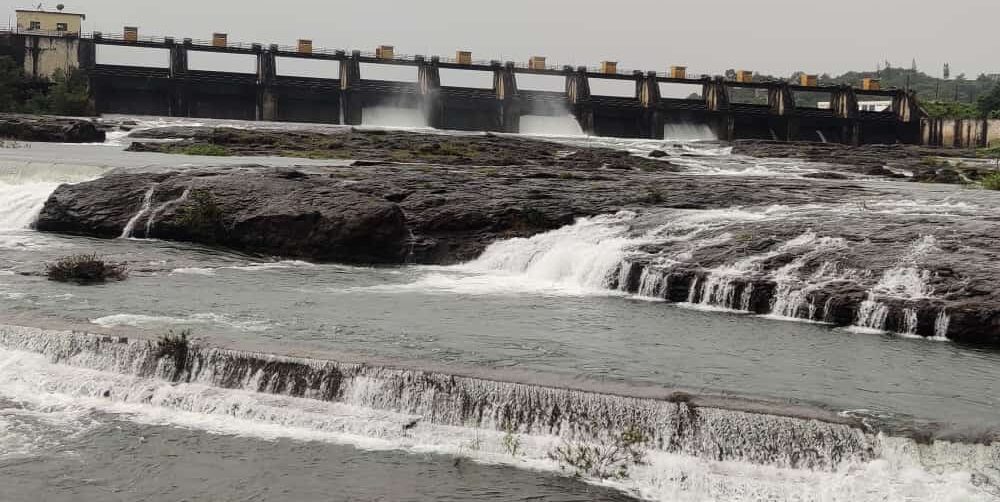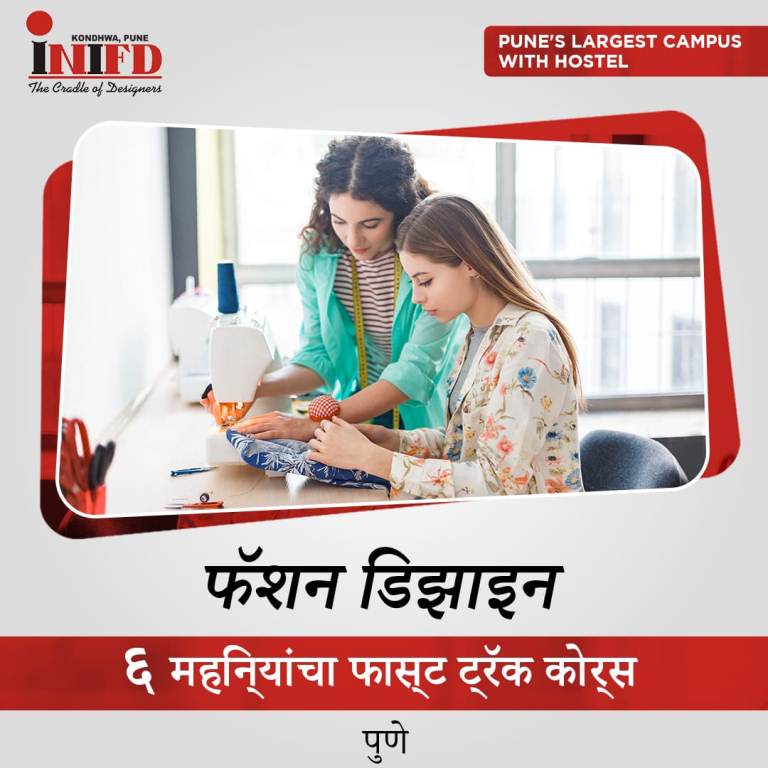Pune: Sewage, Chemical-Laden Water Being Discharged In Khadakwasla Dam – Chief Minister’s Confession

Pune, 23rd August 2022: Chief Minister Eknath Shinde himself admitted in the Legislature on Monday (August 22) that domestic sewage and chemical-laden water are being released in the Khadakwasla Dam, which supplies water to Pune city.
Chief Minister Shinde also said that the Maharashtra Pollution Control Board has ordered the Zilla Parishad to take appropriate action in this matter.

Khadakwasla Constituency MLA Bhimrao Tapkir asked this question in the legislative session. It has been observed in the month of April that unprocessed domestic sewage and water-containing chemicals are being released into the reservoir of Khadakwasla Dam. Did the use of this contaminated water adversely affect the citizens, animals, plants and birds in the area or how? The question was raised by Tapkir.
In reply, Chief Minister Shinde said that according to the report of the District Health Officer of the Zilla Parishad on August 8 and the report of the District Animal Husbandry Officer on August 13, this matter was not noticed.
However, in the Khadakwasla Reservoir area, sewage generated from the villages of Mauje Gorhe Budruk, Malkhed, Khanapur, Donje, Kudje, Mandvi Khurd, Mandvi Budruk, Sangroon in Haveli taluka and some amount of domestic solid waste goes untreated into the Khadakwasla Dam.
In line with this, the Chief Minister has clarified that the MPCB has ordered the Chief Executive Officer of the Zilla Parishad to take appropriate action.
In the past few years, the amount of coliform and E Coli bacteria in the water in the dams has been increasing dangerously. About 15 years ago, these bacteria per 100 ml, the ratio was 800 to 900. However, it has now increased to 1.5 lakh.
Bacteria levels are high in water drawn from Temghar Dam, while bacteria levels in Khadakwasla, Panshet and Varasgaon dams are also increasing dangerously. These bacteria grow faster in stagnant and muddy water.
A large number of farmhouses, hotels and houses have grown in the catchment areas of the dams over the years. As there is no system of sewage channels, the water used in this place is released into the streams and drains. Experts are expressing the opinion that the danger is increasing as the water is coming into the dam from there.
Due to the increasing population in the catchment area of the dams that supply water to the city, the level of contamination in the dam water is increasing day by day. Water supply to the city comes from Temghar, Varasgaon, Panshet and Khadakwasla dams in the Khadakwasla dam chain. Water is lifted from the dam through aqueducts.
Along with this water, 21 tons of silt also come from the dam every day. This sludge is separated in municipal water treatment plants. Similarly, the water is purified in a modern way at the water purification station. Therefore, the water supplied to Pune residents is pure and potable, and the Pune Municipal Corporation (PMC) has explained that there is no danger.








